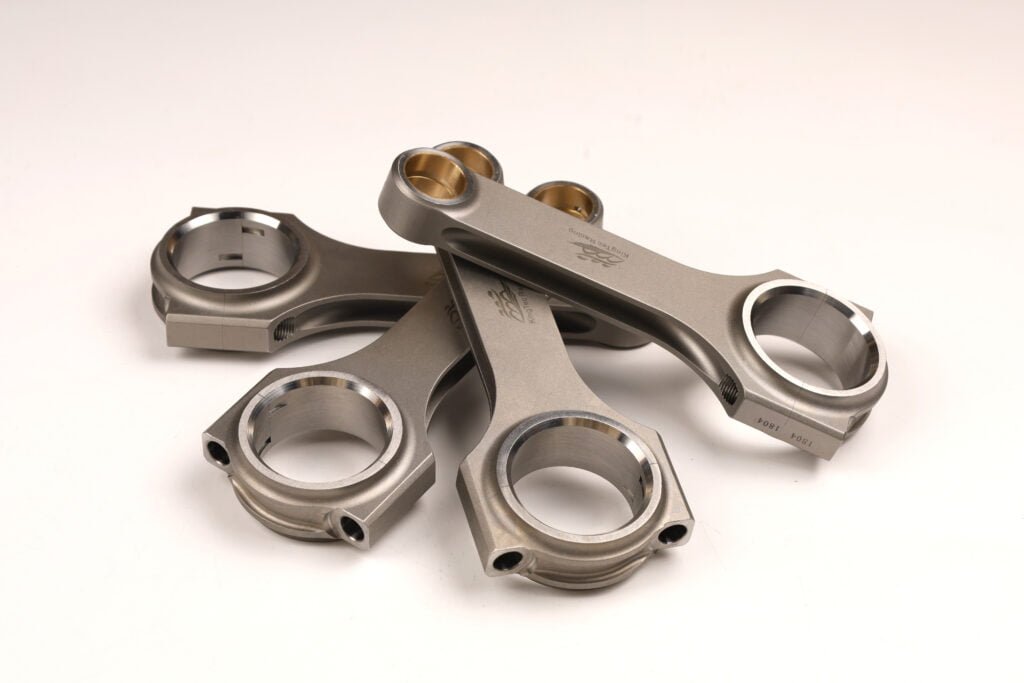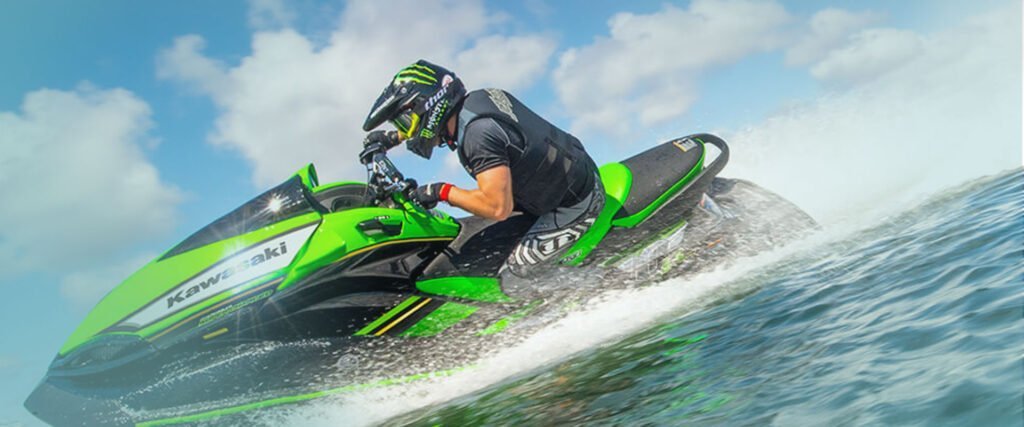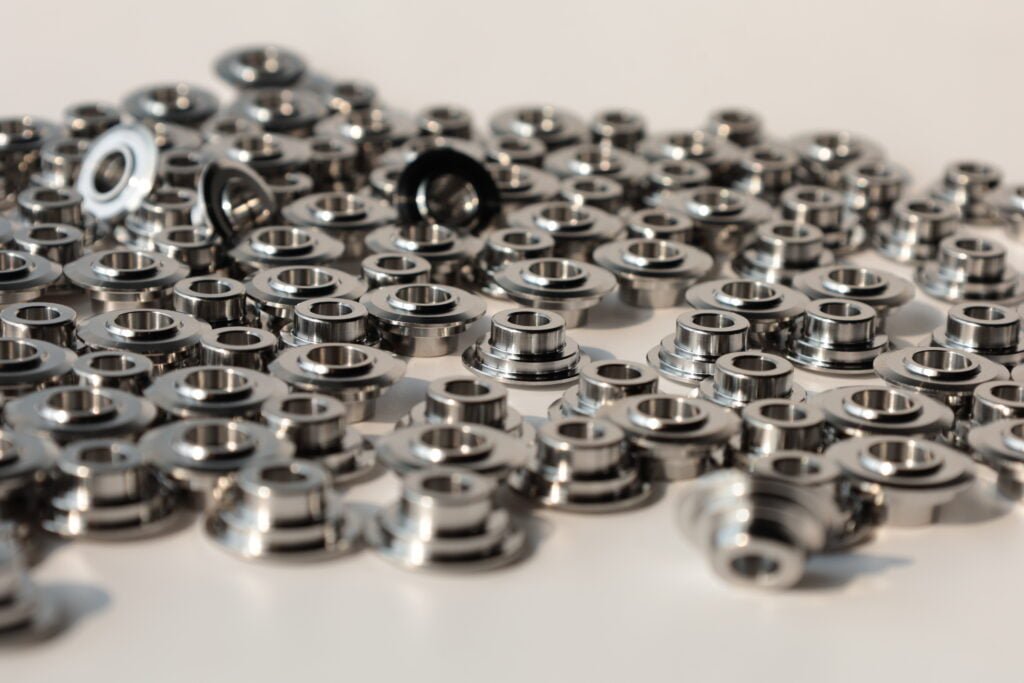2618 pistons and 4032 pistons are two different alloy materials that are commonly used in the manufacture of pistons for internal combustion engines. Their main differences lie in the composition and properties of the materials:
1. 2618 piston:
Material composition: 2618 Piston is a high strength aluminium alloy consisting mainly of aluminium (Al) and copper (Cu) with other elements such as nickel (Ni) and iron (Fe).
Features: 2618 piston has excellent high temperature strength and thermal fatigue resistance for applications in high pressure and high temperature environments. It has high wear and corrosion resistance and is able to withstand high pressures and bursts of force.
Applications: 2618 pistons are commonly used in high performance and racing engines, as well as in applications requiring operation under extreme operating conditions.
2. 4032 Pistons:
Material composition: 4032 pistons are an aluminium-silicon alloy consisting mainly of aluminium (Al) and silicon (Si) with other elements such as copper (Cu), nickel (Ni) and iron (Fe).
Features: 4032 piston has high hardness and thermal stability and is suitable for applications in medium to high temperature conditions. It has good thermal expansion properties and is able to maintain stable dimensional and sealing properties at high temperatures.
Applications: 4032 pistons find common usage in general internal combustion engines, as well as in light car and motorbike engines. They are also employed in other applications that prioritize reliability and durability.
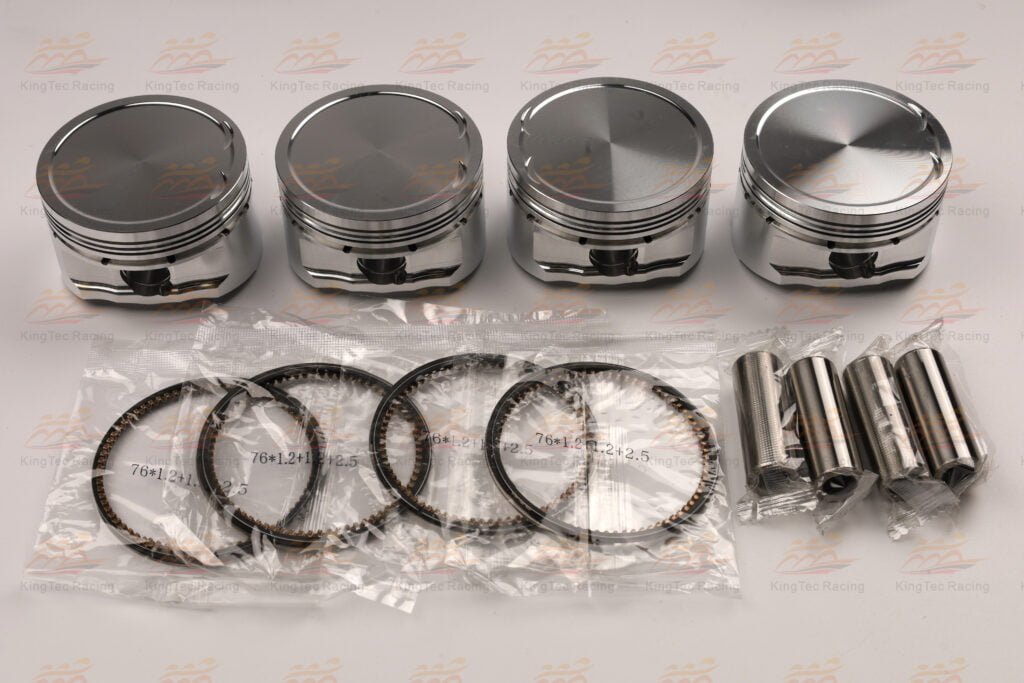
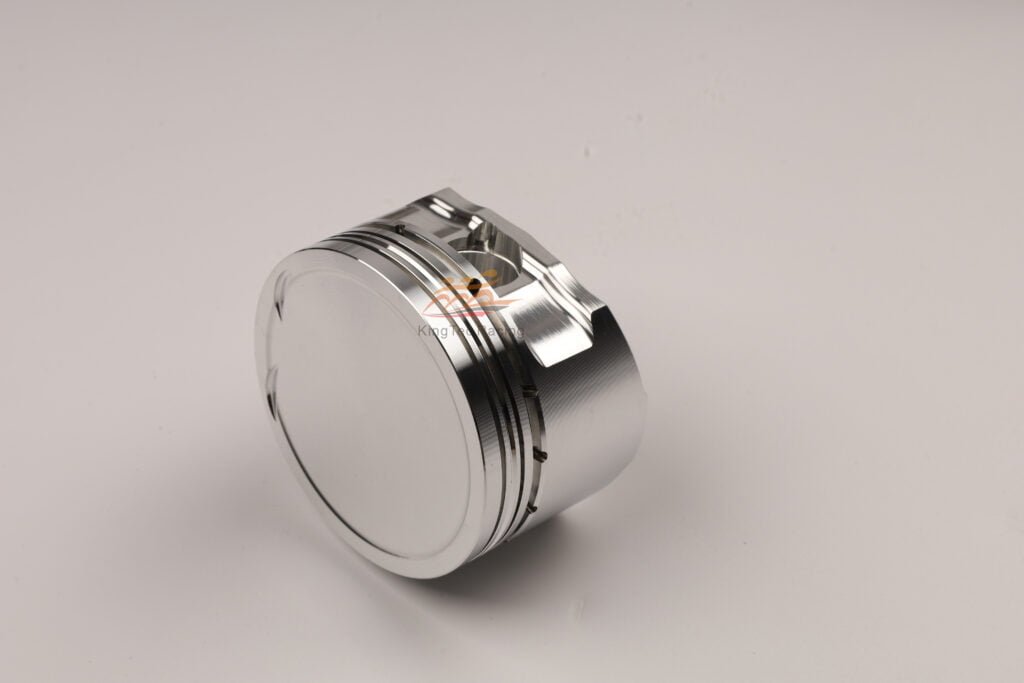
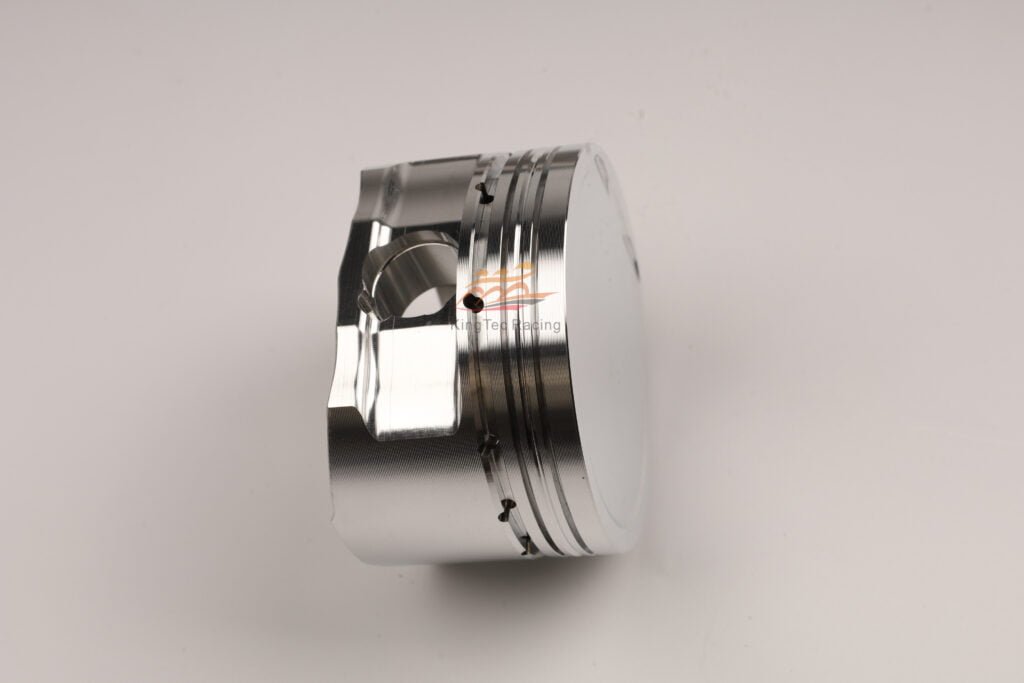
Is it better to choose 2618 or 4032 pistons for use in racing boats?
In racing engines, the use of 2618 pistons is generally recommended. Racing is a sport that demands high strength and performance, and the engine must withstand high rotational speeds and temperatures. The 2618 pistons exhibit excellent high-temperature strength and resistance to thermal fatigue, making them suitable for high-pressure and high-temperature applications. They also possess high wear resistance and corrosion resistance, enabling them to endure high pressures and sudden bursts.
On the other hand, 4032 pistons offer higher hardness and thermal stability, making them suitable for applications in moderate to high-temperature conditions. However, their strength and resistance to thermal fatigue may not be as superior as that of 2618 pistons. Rowing engines typically require higher performance and durability, making 2618 pistons more suitable for these requirements.
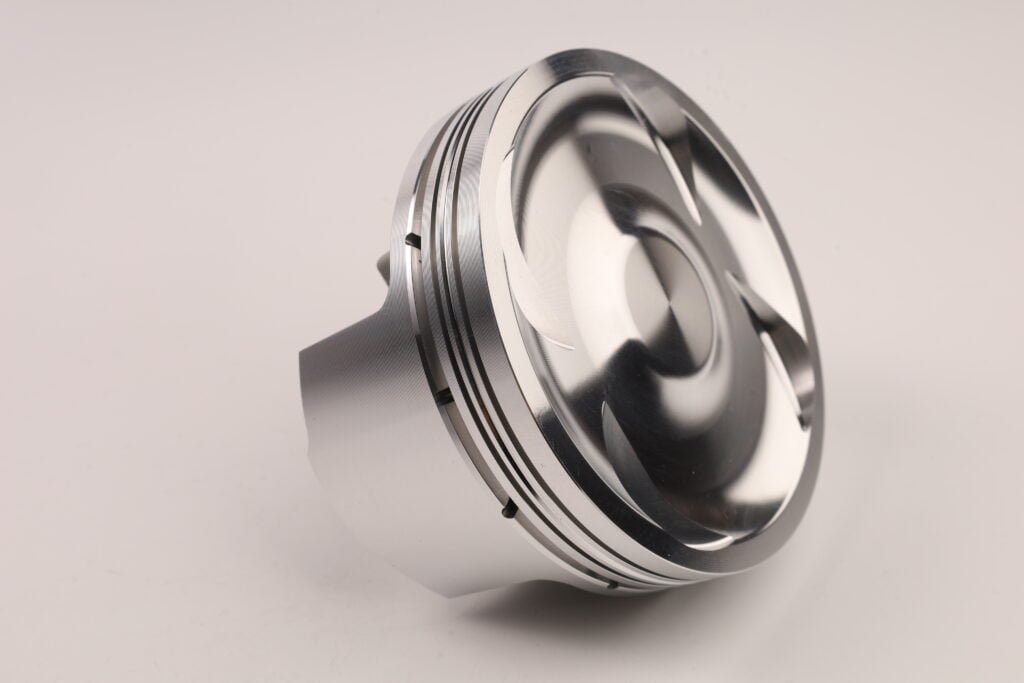


When are pistons made of 4032 suitable?
Pistons made of 4032 are suitable for the following:
4032 pistons can be a suitable choice for low-temperature engine applications. They possess higher hardness and thermal stability, enabling them to maintain stable dimensions and sealing performance under moderate to high-temperature conditions.
4032 pistons excel in precision-demanding applications with excellent thermal expansion characteristics, ensuring consistent dimensions with temperature variations. They offer excellent size control and sealing performance, making them ideal for applications that demand precise dimensional stability and high precision.
In engines with high compression ratios, 4032 pistons exhibit superior hardness and thermal stability, providing enhanced resistance against detonation and durability.
4032 pistons are commonly employed in various internal combustion engines, including those found in light vehicles and motorcycles. These applications typically prioritize reliability and durability.
Summary
The selection of pistons also depends on specific application requirements, design specifications, and performance criteria. Different engines and operating conditions may necessitate different choices of piston materials. Therefore, when deciding on piston materials, it is important to consider the specific application scenarios and needs.
Which piston would you prefer?
Related recommendations
How can I prevent damage to the piston rod in my Jetski and ensure it is functioning optimally?
Why choose Kingtecjetski connecting rod and piston?
Unleashing Watercraft Performance: A Guide to Engine Upgrades

